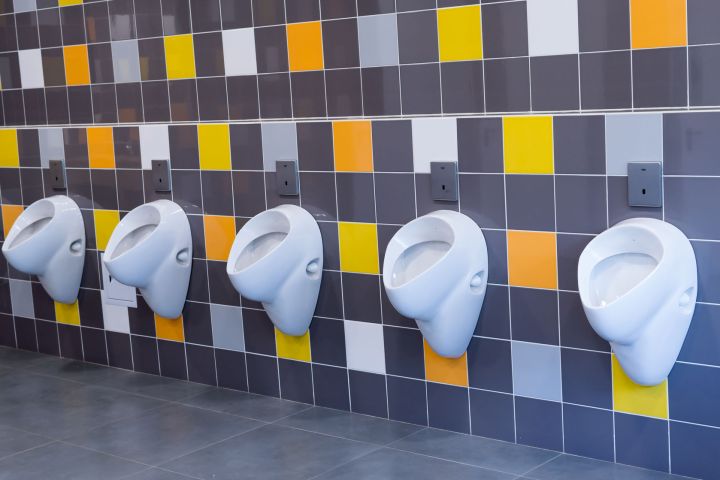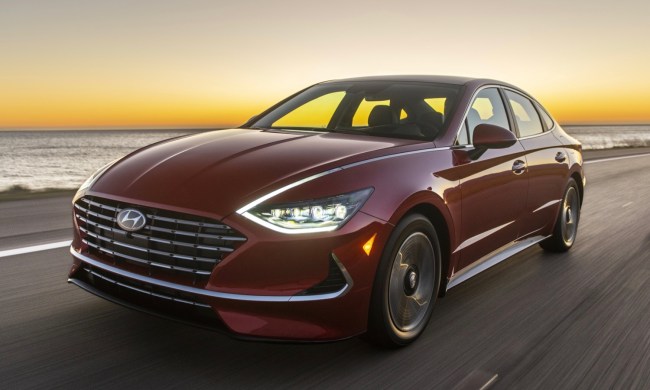
Researchers at Oxford University who were working on preventing the splashback of infectious and other harmful liquids in hospitals and kitchens have realized a less dangerous but socially significant application: splash-proof urinals.
Earlier solutions to pee-sprayed trousers have focused on shields or inserts, that are used with conventional urinals. The “Oxford solution,” however, wouldn’t require that the stream hit any particular area of the urinal — as long at it is directed anywhere inside the appliance, you’re good.
According to Oxford lead researcher Professor Alfonso Castrejón-Pita, of the Department of Engineering Science, “We believe soft surfaces with the correct stiffness could be used in a number of situations in which ‘dangerous’ or ‘nasty’ fluids are used. It’s surprisingly easy for droplets to turn into aerosols or sprays when they splash.”
The research has shown that rubber or gel coatings could do the trick. “There’s certainly more work to be done in this area. The softer you make a material, the stickier and weaker it often becomes — two things which aren’t ideal for making useful, long-term coatings,” Castrejón-Pita continued. “The main challenge of this work is how to overcome that. Luckily, recent work has started to develop new materials that can be soft, strong, and non-sticky — like tough hydrogels — so there are certainly a lot of approaches to be explored.”
The original impetus for the Oxford work was the splashing of dangerous chemicals and biomaterials. Using instrument trays during surgery and washing raw chicken before cooking, for example, are both of significant concern because of potential splashing of human body fluids or raw chicken fluids. “And,” as Castrejón-Pita said, “the development of a splash-free urinal would also be welcome.”
Of course with splash-proof urinals guys will have another challenge — where to look when accuracy no longer matters.



